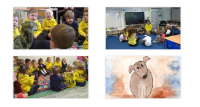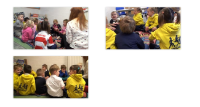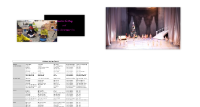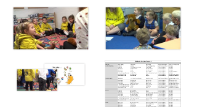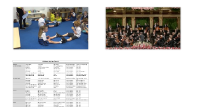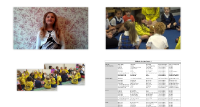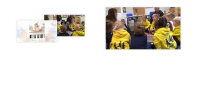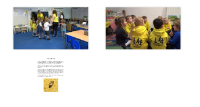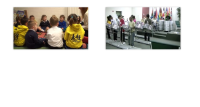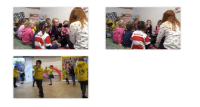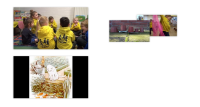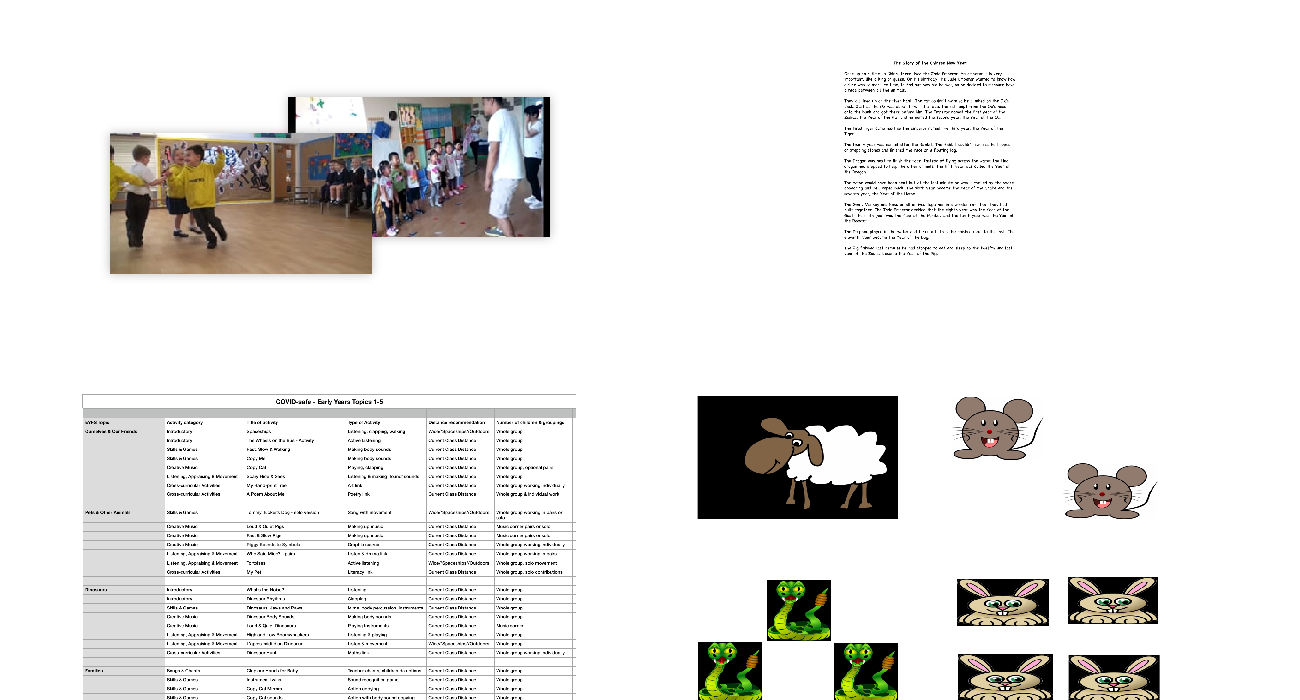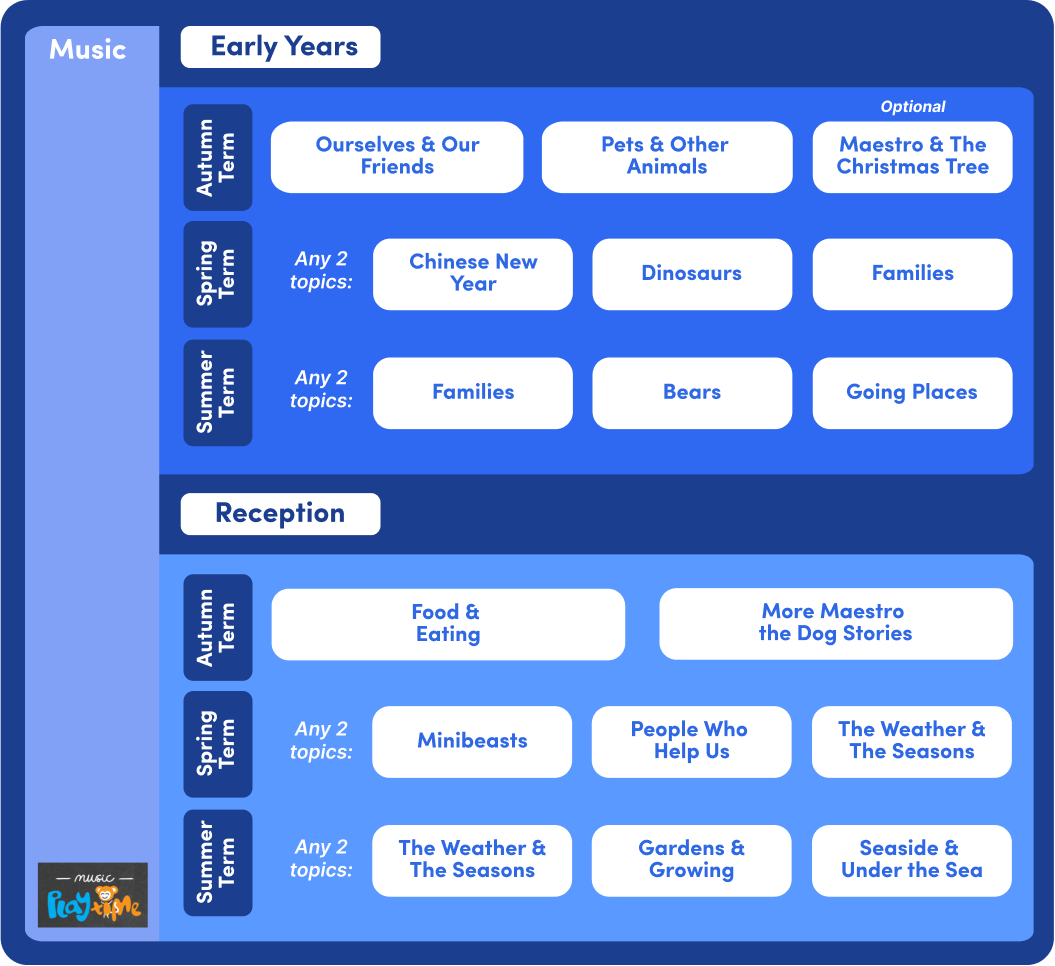Chinese New Year Level: Early Years

The Chinese Zodiac Story
Tell the story of how the Jade Emperor chose the animals of the Chinese New Year. You can learn or read the story using the Chinese Zodiac Animals pdf download.
Chinese New Year Song
I sing the Year of the Tiger here but, depending on which year it is, please choose the appropriate animal from the Chinese Zodiac. The song is best sung unaccompanied but the tune is easy to work out and play on the black keys of a keyboard or piano, if you have one available.
- It's New Year in China
- So we hear
- It's the year of the .........
- Happy New Year
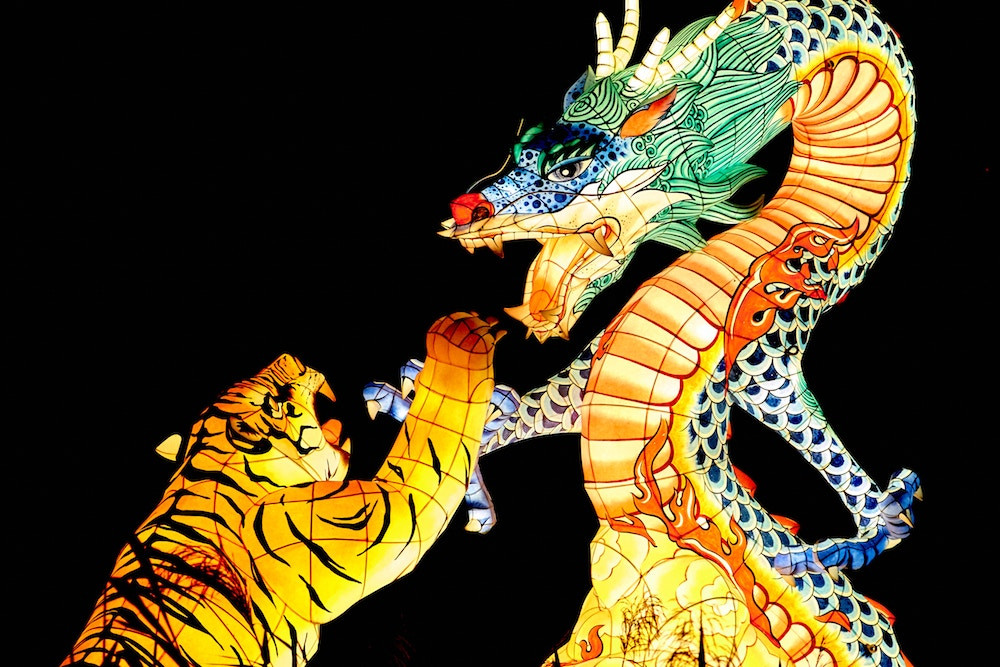
- Chinese New Year Song ©Arts Enterprise Limited

Chinese Happy New Year Song
This Chinese Happy New Year Song was sung, in Mandarin language, especially for us by Cheung Cheuk Hei Gordon from Hong Kong. Mandarin is the official language used in China, including Hong Kong, but Cantonese is often used and preferred for conversation in Hong Kong. Here are the words in English:
- Every street, everybody's mouth
- The first sentence to meet is congratulations!
- Congratulations! Congratulations! ...
This is how the words look in Mandarin Chinese characters:
- æ¯æ¢å¤§è¡—å°å·· æ¯å€‹äººçš„嘴裡
- 見é¢ç¬¬ä¸€å¥è©± 就是æå–œæå–œ
- æå–œæå–œæå–œä½ å‘€ æå–œæå–œ
- æå–œä½
- æå–œæå–œæå–œä½ å‘€ æå–œæå–œ
- æå–œä½
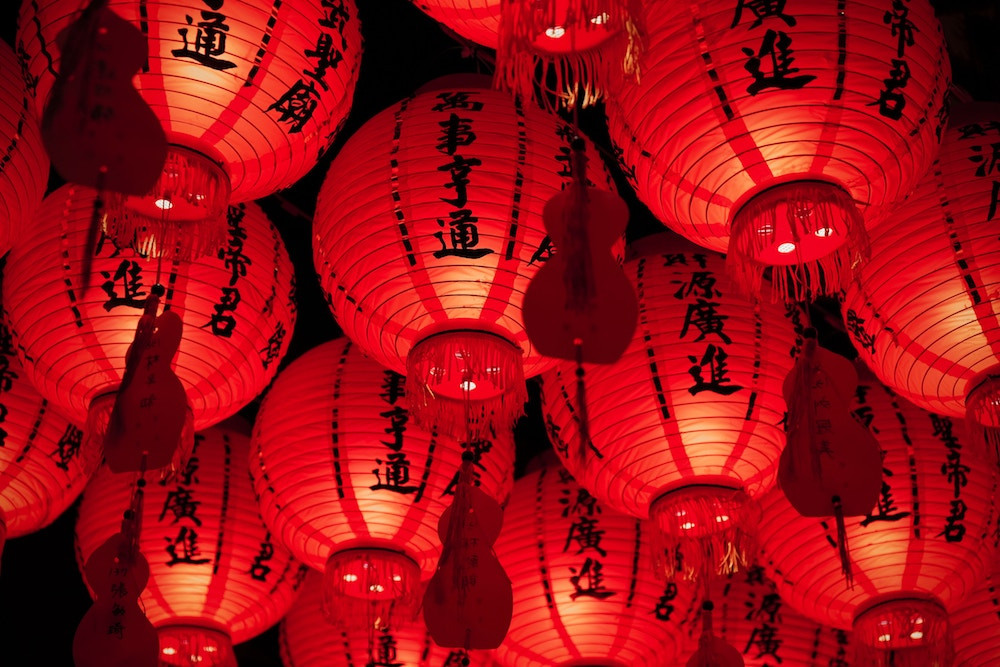
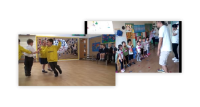
Catch The Dragon's Tail
A traditional Chinese children's game for you.
Teaching in China (rhythm, pulse, structure)
Here's an idea from Michael Roxas, teaching little children to speak English in a playful way, using an action song. The musical value is in matching actions with the rhythm, pulse and structure of a song. It's also an ideal way to help children whose first language is not English, who attend an English-speaking school.
Learning through songs is very powerful - I know the German alphabet much better than the French one because that's how I learned it! The song used here is Frere Jacques, a tune you will know, so you could also use this model to create your own action song for things you want the children to learn, such as right and left. It's important to have a helper to do the actions in front of the children, facing the same way as the children otherwise left and right will become very confusing! Here's an example:
- Wave your right hand
- Wave your left hand
- Touch your nose
- Touch your toes
- Now stand on your right foot
- Now stand on your left foot
- Sit down please
- Stand up please
Songs like this are best sung unaccompanied (as are most songs for this age-group) - this gives you much more freedom to stop and start according to the children's needs.

Play an Animal (dynamics, timbre, tempo, pitch)
This is a music Corner activity for small groups. First put out a selection of instruments, enough for one each. You may have some that are a bit like Chinese ones – you can check here:
Include chime bars C, D, E, G and A too. This is one of the many sets of five notes that form a pentatonic scale. The pentatonic has a definite Chinese sound and the great thing about a pentatonic set of notes is that they all sound good when played at the same time!
Allow the children to explore each instrument, encouraging them to use their own words to describe the sounds, while also supplying some words of your own based on the elements of music.
Next, ask the children to make up music about this year's Chinese Zodiac animal. For the Year of the Pig, they may find an instrument to play slowly or one that can go grunt, grunt. The Year of the Horse sounds might move fast, or go clip, clop. Even if the sound doesn't seem to relate to the right animal, the child will still be making some kind of connection that you can talk about together. Children generally find it easy to believe that an instrument can 'be' an animal, either making the sound or representing the movement.
Winning and Losing (pitch, PSHE)
In the story of the Chinese Zodiac there was a winner of the race. Using puppets and vocal sounds, the children might make up their own songs as they explore how it feels to win and to lose. Making up songs at this stage is about exploring, selecting some sounds but not others, and changing the sounds to reflect their ideas, thoughts and feelings. Aim to say something positive about each child's song and also offer an additional idea or suggestion. The children could use the words (or not):
- Happy you won
- Sorry I lost


Be a Dragon! (tempo, pulse)
Choose one child to be the dragon's head, wearing a dragon hat or mask that you have previously made. As you all listen to the Chinese Festival music, the children dance in a space on their own, pretending to be dragons. Only the child with the dragon's head moves around the room and each child she passes by joins the chain as the children, one by one, hold each other round round the waist, becoming a long dragon in a procession. Ideally, every child will take a turn at being the dragon's head over the next few days.
Which Animal? (pitch)
First ask the children to listen to the music and to stretch up high when they hear high sounds and crouch down low then they hear low sounds. You will need to model this as the children join in with you because many children of this age will have no concept of low and high pitch in music.
Before the next part of the activity, you'll need to have shown the children pictures or videos of the animals of the Chinese Zodiac, and discussed how they sound and move. As the children listen again, ask them to move around the room pretending to be the animal they think of when they hear the music. You could circulate and guess which animal each child is being, asking individual children to show what they were doing, for others to guess too.
Pentatonic Tune by Bartok (played on piano, which has become a very popular instrument in China).
The Panda
This Chinese music is about everyone's favourite bear, The Panda!

Make Chinese Fans (art link)
You need rectangular pieces of paper around 40cm by 15cm. The children make Chinese pictures choosing from these alternatives:
- Use wax crayons to draw tree branches and leaves, then finger paint to add blossom
- Painted dragons
- Wax crayon lanterns
Next, fold the paper like an accordion to make fans. Secure the fan at the bottom by wrapping it with a thin strip of paper, glued in place. Pull out the folds to make the fan.

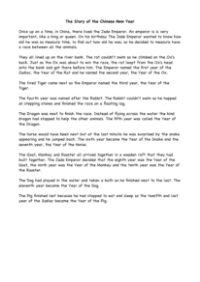
The Chinese Zodiac Story
Tell the story of how the Jade Emperor chose the animals of the Chinese New Year.
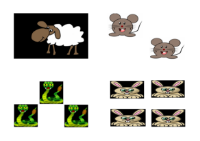
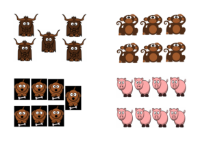
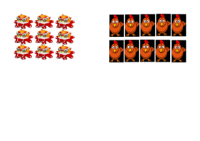
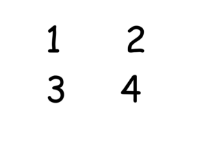


The Chinese Zodiac Story
Tell the story of how the Jade Emperor chose the animals of the Chinese New Year. You can learn or read the story using the Chinese Zodiac Animals pdf download.
Chinese New Year Song
I sing the Year of the Tiger here but, depending on which year it is, please choose the appropriate animal from the Chinese Zodiac. The song is best sung unaccompanied but the tune is easy to work out and play on the black keys of a keyboard or piano, if you have one available.
- It's New Year in China
- So we hear
- It's the year of the .........
- Happy New Year

- Chinese New Year Song ©Arts Enterprise Limited

Chinese Happy New Year Song
This Chinese Happy New Year Song was sung, in Mandarin language, especially for us by Cheung Cheuk Hei Gordon from Hong Kong. Mandarin is the official language used in China, including Hong Kong, but Cantonese is often used and preferred for conversation in Hong Kong. Here are the words in English:
- Every street, everybody's mouth
- The first sentence to meet is congratulations!
- Congratulations! Congratulations! ...
This is how the words look in Mandarin Chinese characters:
- æ¯æ¢å¤§è¡—å°å·· æ¯å€‹äººçš„嘴裡
- 見é¢ç¬¬ä¸€å¥è©± 就是æå–œæå–œ
- æå–œæå–œæå–œä½ å‘€ æå–œæå–œ
- æå–œä½
- æå–œæå–œæå–œä½ å‘€ æå–œæå–œ
- æå–œä½


Catch The Dragon's Tail
A traditional Chinese children's game for you.
Teaching in China (rhythm, pulse, structure)
Here's an idea from Michael Roxas, teaching little children to speak English in a playful way, using an action song. The musical value is in matching actions with the rhythm, pulse and structure of a song. It's also an ideal way to help children whose first language is not English, who attend an English-speaking school.
Learning through songs is very powerful - I know the German alphabet much better than the French one because that's how I learned it! The song used here is Frere Jacques, a tune you will know, so you could also use this model to create your own action song for things you want the children to learn, such as right and left. It's important to have a helper to do the actions in front of the children, facing the same way as the children otherwise left and right will become very confusing! Here's an example:
- Wave your right hand
- Wave your left hand
- Touch your nose
- Touch your toes
- Now stand on your right foot
- Now stand on your left foot
- Sit down please
- Stand up please
Songs like this are best sung unaccompanied (as are most songs for this age-group) - this gives you much more freedom to stop and start according to the children's needs.

Play an Animal (dynamics, timbre, tempo, pitch)
This is a music Corner activity for small groups. First put out a selection of instruments, enough for one each. You may have some that are a bit like Chinese ones – you can check here:
Include chime bars C, D, E, G and A too. This is one of the many sets of five notes that form a pentatonic scale. The pentatonic has a definite Chinese sound and the great thing about a pentatonic set of notes is that they all sound good when played at the same time!
Allow the children to explore each instrument, encouraging them to use their own words to describe the sounds, while also supplying some words of your own based on the elements of music.
Next, ask the children to make up music about this year's Chinese Zodiac animal. For the Year of the Pig, they may find an instrument to play slowly or one that can go grunt, grunt. The Year of the Horse sounds might move fast, or go clip, clop. Even if the sound doesn't seem to relate to the right animal, the child will still be making some kind of connection that you can talk about together. Children generally find it easy to believe that an instrument can 'be' an animal, either making the sound or representing the movement.
Winning and Losing (pitch, PSHE)
In the story of the Chinese Zodiac there was a winner of the race. Using puppets and vocal sounds, the children might make up their own songs as they explore how it feels to win and to lose. Making up songs at this stage is about exploring, selecting some sounds but not others, and changing the sounds to reflect their ideas, thoughts and feelings. Aim to say something positive about each child's song and also offer an additional idea or suggestion. The children could use the words (or not):
- Happy you won
- Sorry I lost


Be a Dragon! (tempo, pulse)
Choose one child to be the dragon's head, wearing a dragon hat or mask that you have previously made. As you all listen to the Chinese Festival music, the children dance in a space on their own, pretending to be dragons. Only the child with the dragon's head moves around the room and each child she passes by joins the chain as the children, one by one, hold each other round round the waist, becoming a long dragon in a procession. Ideally, every child will take a turn at being the dragon's head over the next few days.
Which Animal? (pitch)
First ask the children to listen to the music and to stretch up high when they hear high sounds and crouch down low then they hear low sounds. You will need to model this as the children join in with you because many children of this age will have no concept of low and high pitch in music.
Before the next part of the activity, you'll need to have shown the children pictures or videos of the animals of the Chinese Zodiac, and discussed how they sound and move. As the children listen again, ask them to move around the room pretending to be the animal they think of when they hear the music. You could circulate and guess which animal each child is being, asking individual children to show what they were doing, for others to guess too.
Pentatonic Tune by Bartok (played on piano, which has become a very popular instrument in China).
The Panda
This Chinese music is about everyone's favourite bear, The Panda!

Make Chinese Fans (art link)
You need rectangular pieces of paper around 40cm by 15cm. The children make Chinese pictures choosing from these alternatives:
- Use wax crayons to draw tree branches and leaves, then finger paint to add blossom
- Painted dragons
- Wax crayon lanterns
Next, fold the paper like an accordion to make fans. Secure the fan at the bottom by wrapping it with a thin strip of paper, glued in place. Pull out the folds to make the fan.


The Chinese Zodiac Story
Tell the story of how the Jade Emperor chose the animals of the Chinese New Year.





